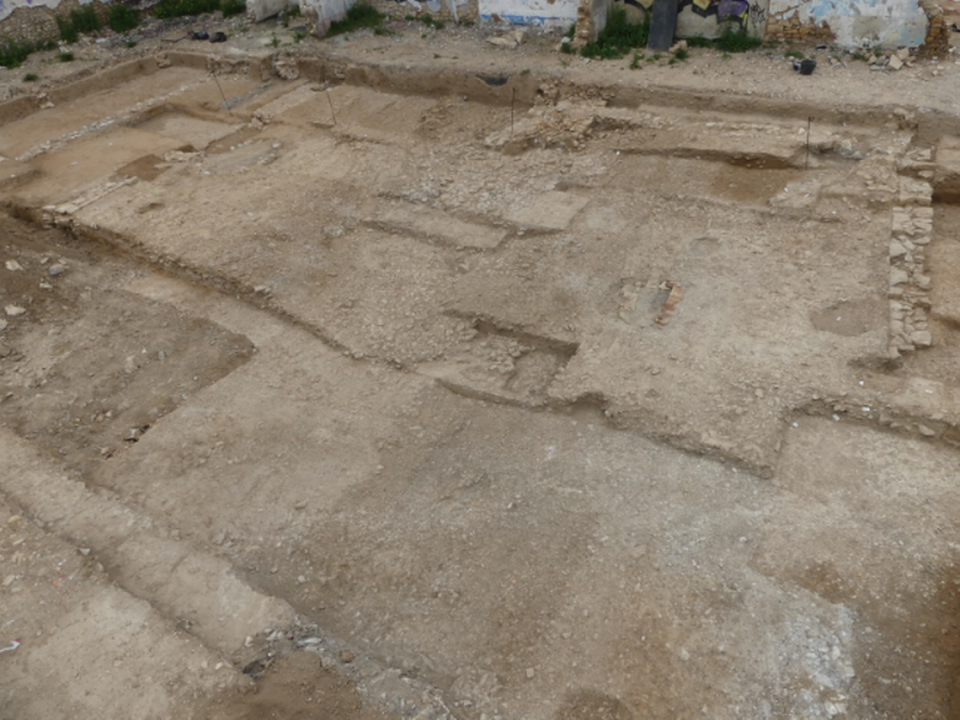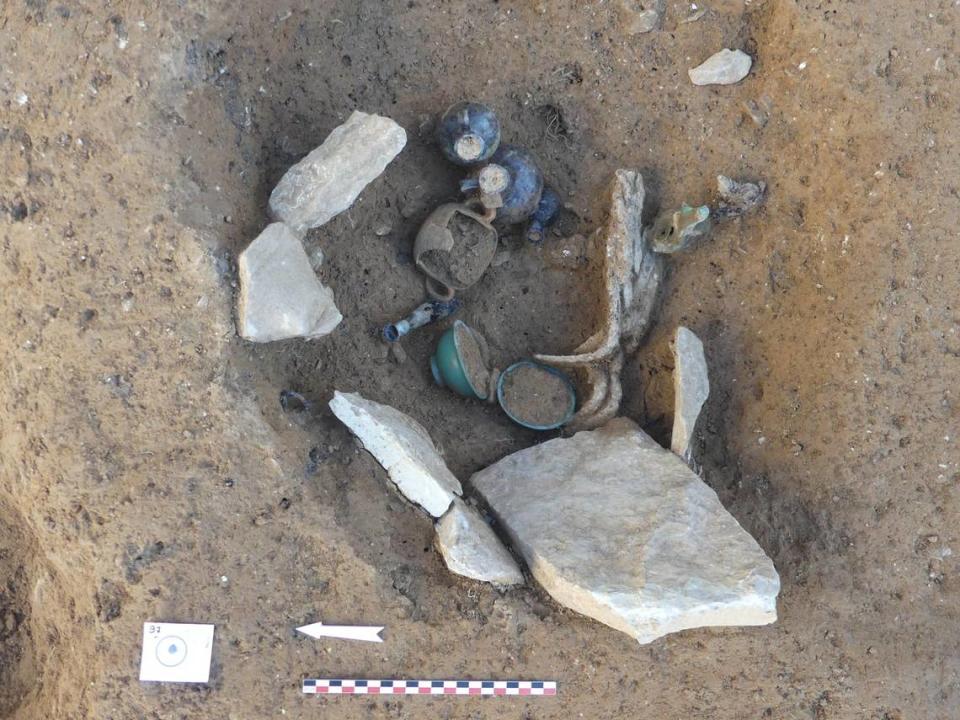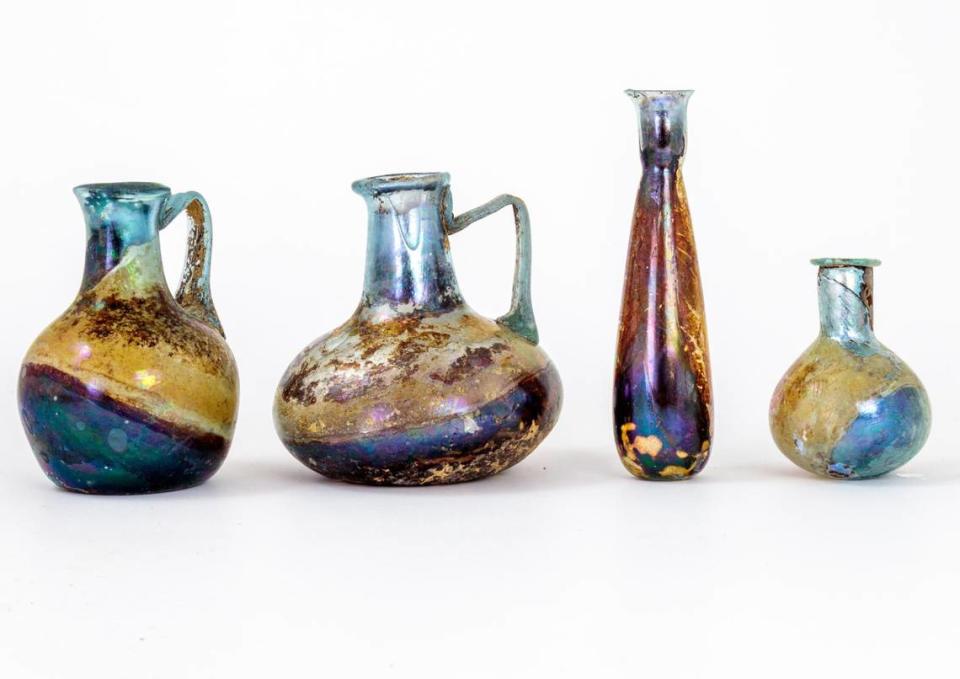Beautiful glasswork discovered at ancient Roman crossroads in France. See the finds
In a city in the south of France, a social housing development project broke ground — then unearthed pieces of history.
Archaeologists were called to the city of Nîmes, just north of the Mediterranean coast, where construction on the Rue de Beaucaire had uncovered stone pavements, according to an April 9 news release from the French National Institute for Preventive Archaeological Research (INRAP).
The stones were placed next to one another to make a roadway, about 50 feet wide, the archaeologists said, and there are markings of ruts and stone replacements from wear and tear.

Uncover more archaeological finds
What are we learning about the past? Here are three of our most eye-catching archaeology stories from the past week.
→ Roman helmet looked like a 'rusty bucket' when it was found in UK. Now, it's restored
→Elaborate 600-year-old castle — complete with moat — unearthed in France. Take a look
→ Mysterious wooden train car — almost 100 years old — unearthed in Belgium, photos show
The roadway is believed to be a crossroad of “via Domitia,” an ancient Roman road built in the first and second century B.C. as the main access to Nîmes, according to the release.
Construction and maintenance of Domitia Way, now underneath modern-day Beaucaire Road, likely continued into the first or even second century A.D., the researchers said.
In between the two ancient thoroughfares, the archaeologists discovered a series of tombs, some with human remains and others with pottery and glass.

The tombs were built with extra pieces of limestone or terracotta piles, according to the release, or were dug into the ground next to the road.
Cremation was common at the time, and the burned remains were either scattered on the dirt or placed in glass or ceramic vases, the archaeologists said.
Personal items were also buried with the remains, according to the release, which were likely part of the rites and ceremony of the burials.
They included vases, lamps and bowls that have remained in remarkable condition over thousands of years.

The excavations also revealed a well, which has since been filled in and hidden under modern buildings, according to the release.
Digging the well out from the dirt may help the researchers reach other discoveries, they said.
Nîmes is about a 75-mile drive northwest of Marseille.
‘Bloodthirsty’ predator found buried with ancient dogs in Hungary, baffling experts
Search for home of medieval hermit saint leads to even more ancient find in UK. See it
Strange horseshoe-shaped monument discovered in France — leaving experts puzzled
Ancient dancing figures — carved on stones in Peru — have psychedelic roots. See them


